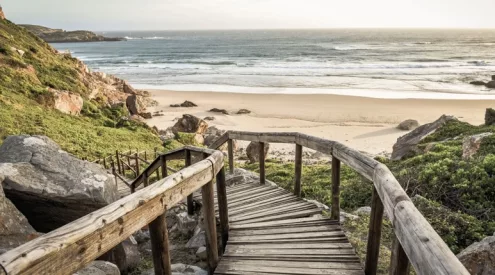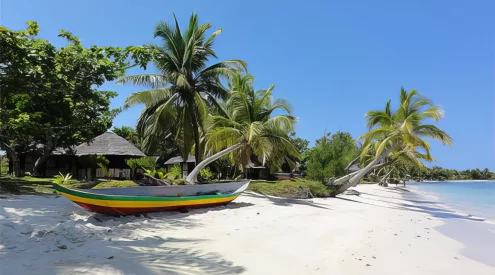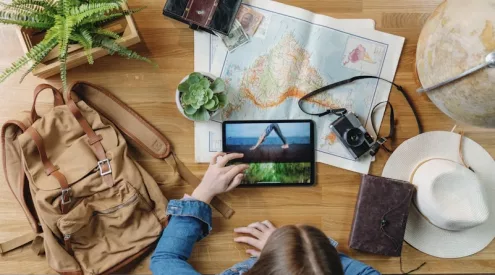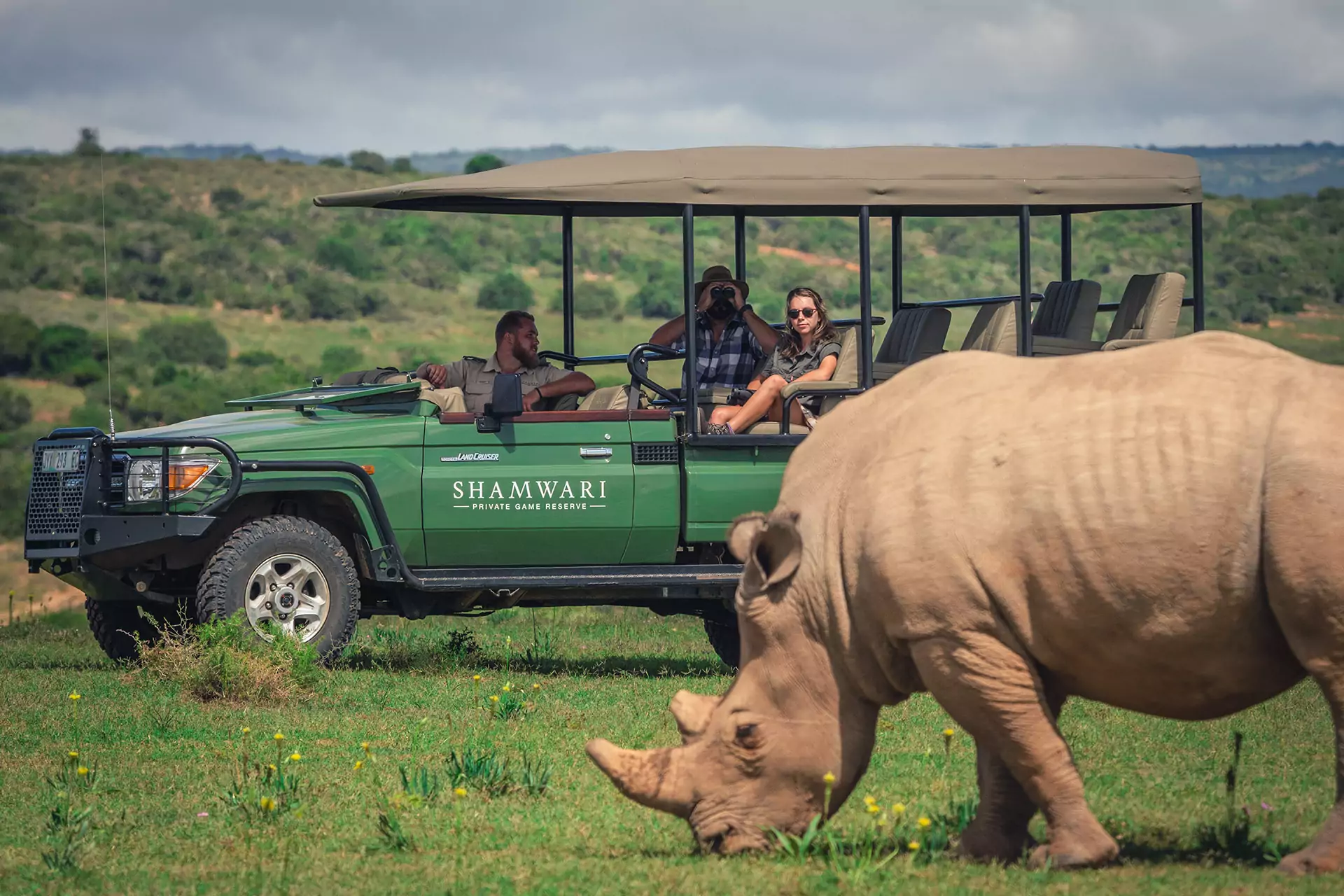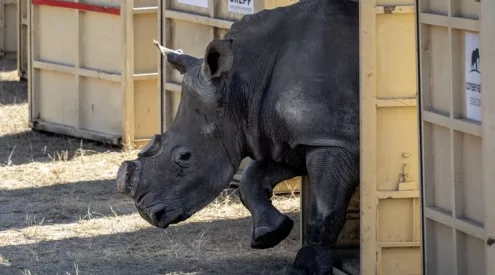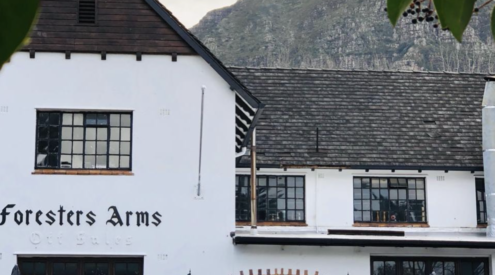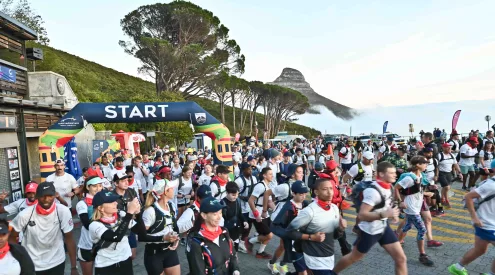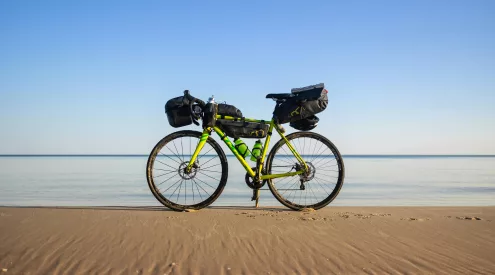If you want to get away from the “buzz” and “hype” of Vic Falls for a few days, and reconnect with nature properly, then the refurbished Imbabala Zambezi Safari Lodge is a convenient and authentic option.
Imbabala is only an hour’s drive on a good tarred road, west of Vic Falls (80kms), towards Kazungula, the border post between Botswana and Zimbabwe (and which is also near the point where these countries converge with Namibia and Zambia, and near the confluence of the Chobe and Zambezi Rivers). To see exactly where it is, click on this Google Map.
Because it’s nice and close to the Botswana, Namibia and Zambian borders, Imbabala also lets you explore those countries easily…including a day trip to Chobe National Park in Botswana, which Imbabala willhappily organise for you(and which is the subject of my next blog entry! Coming soon…)
Imbabala is owned by the same folks who run the activity operator Wild Horizons in Vic Falls.Part of a 4 000 acre concession in the Matetsi Safari Area, the lodgewas one of the first “photographic safari” lodges built on this part of the Zambezi, back in 1987, by Ron White (whose son Shane is now helping to run Wild Horizons). At that stage, hunting lodges were predominant, so Imbabala was ahead of its time. (Ron still lives near the lodge, and pops in now and again to tell stories of the “old” days – a great insight into Zimbabwe’s history).
The lodge isset back about 100 metres from the river, with views of the floodplain, which, in winter (when more animals drink from the river), is often the scene of wildlife drama. Imbabala’s guide Dharmesh Daya told me how last year a buffalo (Syncerus caffer) got stuck in the mud, and a couple of lions (Panthera leo) finished him off, while another year an ellie got stuck too.
The lodge has exclusive access to about 14 kilometres of river frontage on the Zimbabwean side. There are only 8 chalets – nice and small. It’s definitely not a typical “lodge” – it has a more relaxed “holiday home” atmosphere, yet is still professional. Each chalet feels like it’s own hideaway.
Meals are eaten underneath a 150 year-old teak tree, and every other night a large herd of impala (Aepyceros melampus) gather under the spotlight which shines across the lawn in front of the chalets. The antelope clearly feel safer staying close to the light – perhaps it allows them to see better, and perhaps they also know that humans act as somewhat of a deterrent to predators. But that won’t necessarily stop bolder cats….Dharmesh told us one evening how a lion had attacked and eaten a waterbuck right in front of the dinner area!
Despite the proximity of the main road to the border post, and the fast-developing Zambian side of the river, game is still plentiful. Dharmesh took us for a game drive along the Zimbabwean/Botswana border and we saw a large herd of buffalo, as well as giraffe (Giraffa camelopardalis), impala, and plenty of elephant (Loxodonta africana). What was interesting is the lack of border fence between Zimbabwe and Botswana…animals may move freely across, butwe humans aren’t allowed to! And of course there are plenty of hippo (Hippopotamus amphibius) in the river in front of the lodge.
Bird life is prolific as can be expected from the Zambezi River – plenty of African Jacanas (Actophilornis africanus), Lesser Jacanas (Microparra capensis), Blue Cheeked Bee-Eaters (Merops persicus), Coppery-Tailed Coucals (Centropus cupreicaudus), Southern Brownthroated Weavers (Ploceus xanthopterus), Rufous-Bellied Heron (Ardeola rufiventris), Southern Red Bishops (Euplectus orix), Black Shouldered Kite (Elanus caeruleus), Wattled Lapwing (Vanellus senegallus), Tropical BouBou (Laniarius ferrugineus), African Scops Owl (Otus senegalensis)… as well as Fish Eagles (Haliaeetus vocifer) of course. It really is a super place to view a wide variety of birds. Thanks to Dharmesh, who is a sharp bird spotter, and really helped me with my identification skills.
Dharmesh took us out on the cruise boat for a sunset drink. It gave some sort of idea about how it must have been for Livingstone as he travelled down the river before he discovered the falls in 1855. He would have come past this very spot at Imbabala – although Dharmesh told me how he camped at night on the now-Zambian side of the river, as he was worried about the Ndebele on the Zimbabwean side. The Ndebele had a reputation for being somewhat confrontational! (Their first king was Mzilikazi, a renegade general from Shaka’s blood thirsty Zulu army).
It’s also interesting to see how wide the Zambezi River at this point is. And it’s amazing to think how this considerable body of water (about 1 kilometre wide in some places) gets squeezed into the narrow Batoka Gorge (just 110 metres wide!!) below the Falls.
Here’s some quick facts that I noted from a good book called Zambezi, by Laurie Watermeyer and Yvonne Christian.
The river is 2 700km long, flowing west to east. At one stage, the river flowed south through the Makgadikgadi Pans in Botswana to join the Limpopo River. But with geological upheaval, the river was slowed down and formed a huge inland sea where the pans are today. Eventually, further upheaval changed the course of the river completely, and now it flows on its current route. The inland sea has since dried up of course, leaving the spectacular pans in eastern Botswana. Amazing. The peak flow of the Zambezi is around 4 700 cubic metres per second in March and April, and the lowest flow is 400 cubic metres per second in October.
Imbabala is a super spot – either as a destination or as a stop over – manager Karen Poole, guides Dharmesh Daya and Abe Mhlanga and Ivan Ncube as well as the other staff all make guests feel right at home. I just wish it hadn’t rained so much – but then again, January is slap-bang in the middle of rainy season! Best time to go is April through November. However, the rain turns everything emerald green, and there are a lot of youngster animals around – which always attracts the predators too! So you can be very luck too in the rainy season, seeing some fantastic wildlife. And of course there are fewer tourists…
But don’t take my word for it…check out manager’s Karen Poole’s blog which she updates regularly, straight from the lodge’s patio…while the impala munch on the lawn in front of her.
To book e-mail the superhelpful and friendlyWilma Griffith[email protected] or web www.wildhorizons.co.za. Rates start at $160 a night per person sharing, including all meals and game drives.

